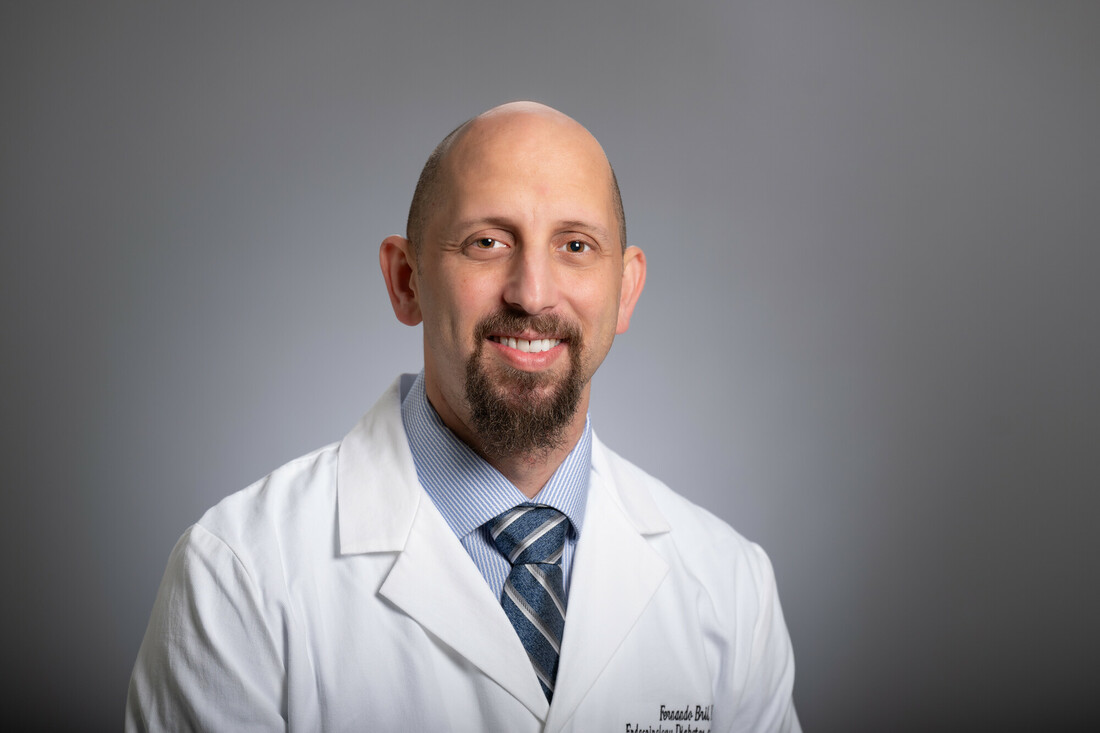 Fernando Bril, M.D.Metabolic dysfunction-associated steatotic liver disease (MASLD), a condition in which fat builds up in the liver, is the most common chronic liver disease in the U.S., affecting approximately 25% of the population, or about 100 million people, according to the American Liver Foundation.
Fernando Bril, M.D.Metabolic dysfunction-associated steatotic liver disease (MASLD), a condition in which fat builds up in the liver, is the most common chronic liver disease in the U.S., affecting approximately 25% of the population, or about 100 million people, according to the American Liver Foundation.
MASLD, formerly called nonalcoholic fatty liver disease, has become a serious public health problem driven by the obesity epidemic and a growing prevalence of Type 2 diabetes, however, a new study led by UAB Comprehensive Diabetes Center Associate Scientist Fernando Bril, M.D., provides the first evidence that MASLD prevalence is beginning to decrease in adults with diabetes in the U.S. for the first time in decades. However, this good news is overshadowed by the significant increase observed in liver fibrosis.
Bril’s study, “Prevalence of MASLD in People With Diabetes Has Decreased in the US, but Rates of Liver Fibrosis Are Still on the Rise,” was recently published in the peer-reviewed Journal of the Endocrine Society.
Bril and his team set out to evaluate recent changes in the prevalence of steatotic liver disease, its subtypes, and liver fibrosis among U.S. adults with and without diabetes between 2017-2020 and 2021-2023. In a serial cross-sectional study, they assessed data from the National Health and Nutrition Examination Surveys representing 13,153 adults ages 18 and up and representative of the overall U.S. population.
They found the prevalence of MASLD significantly decreased from 37.6% to 32.5%, and this was particularly noticeable among individuals with prediabetes (from 49.1% to 41.8%) or diabetes (from 69.4% to 61.4%).
Despite the significant decrease in MASLD, the prevalence of clinically significant fibrosis, advanced fibrosis, and cirrhosis significantly increased, especially among individuals with diabetes. Liver fibrosis is buildup of scar tissue resulting from chronic liver injury or inflammation and can lead to permanent scarring known as cirrhosis, which prevents the liver from functioning properly and eventually leads to liver failure or hepatocellular carcinoma.
Individuals with liver fibrosis are at increased risk of developing liver-related cancers, requiring a liver transplant, and dying from a liver or cardiovascular event.
Among individuals with diabetes, clinically significant fibrosis reached 27.4% and cirrhosis nearly doubled to 10.2% in 2021-2023 compared to 2017-2020. Alcohol-related liver disease also increased from 1.0% to 1.7% in the overall population, with similar increases in prediabetes and diabetes.
“These findings should underscore the importance of implementing successful screening strategies, as well as early initiation of effective treatments aiming at reducing liver fibrosis and improving cardiometabolic risk factors,” Bril said. “While the observed reduction in MASLD prevalence is encouraging, further efforts are needed to claim that we have started to turn the corner in the metabolic dysfunction-associated steatohepatitis epidemic.”
Bril is an assistant professor in the UAB Department of Medicine Division of Endocrinology, Diabetes, and Metabolism. He has published over 60 publications in the field of MASLD, Type 2 diabetes, and obesity.
Other study authors in the UAB Heersink School of Medicine are Parameshwara Bolla, M.D., Ky Hugnh, M.D., and Sumedha Bobba.